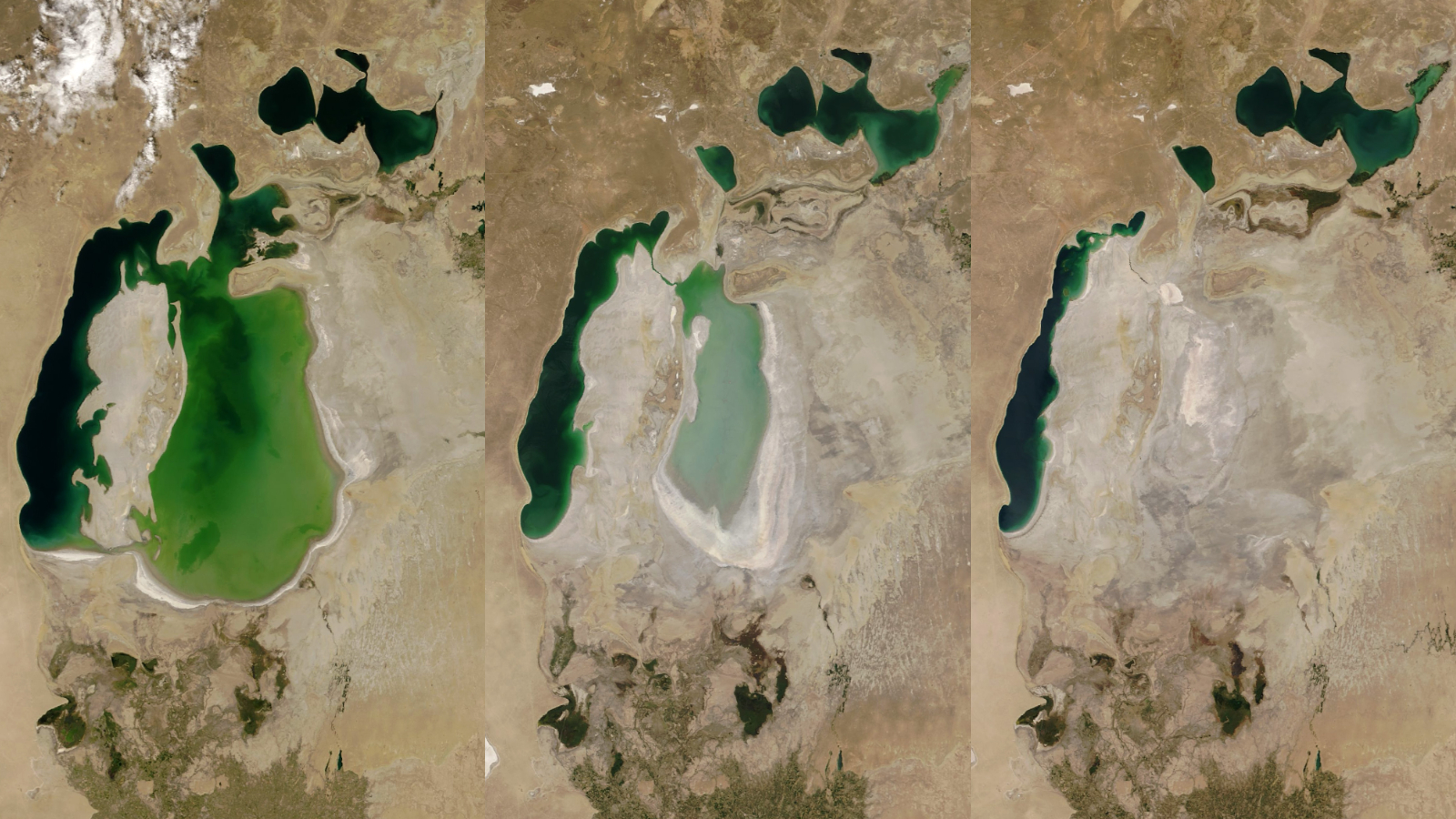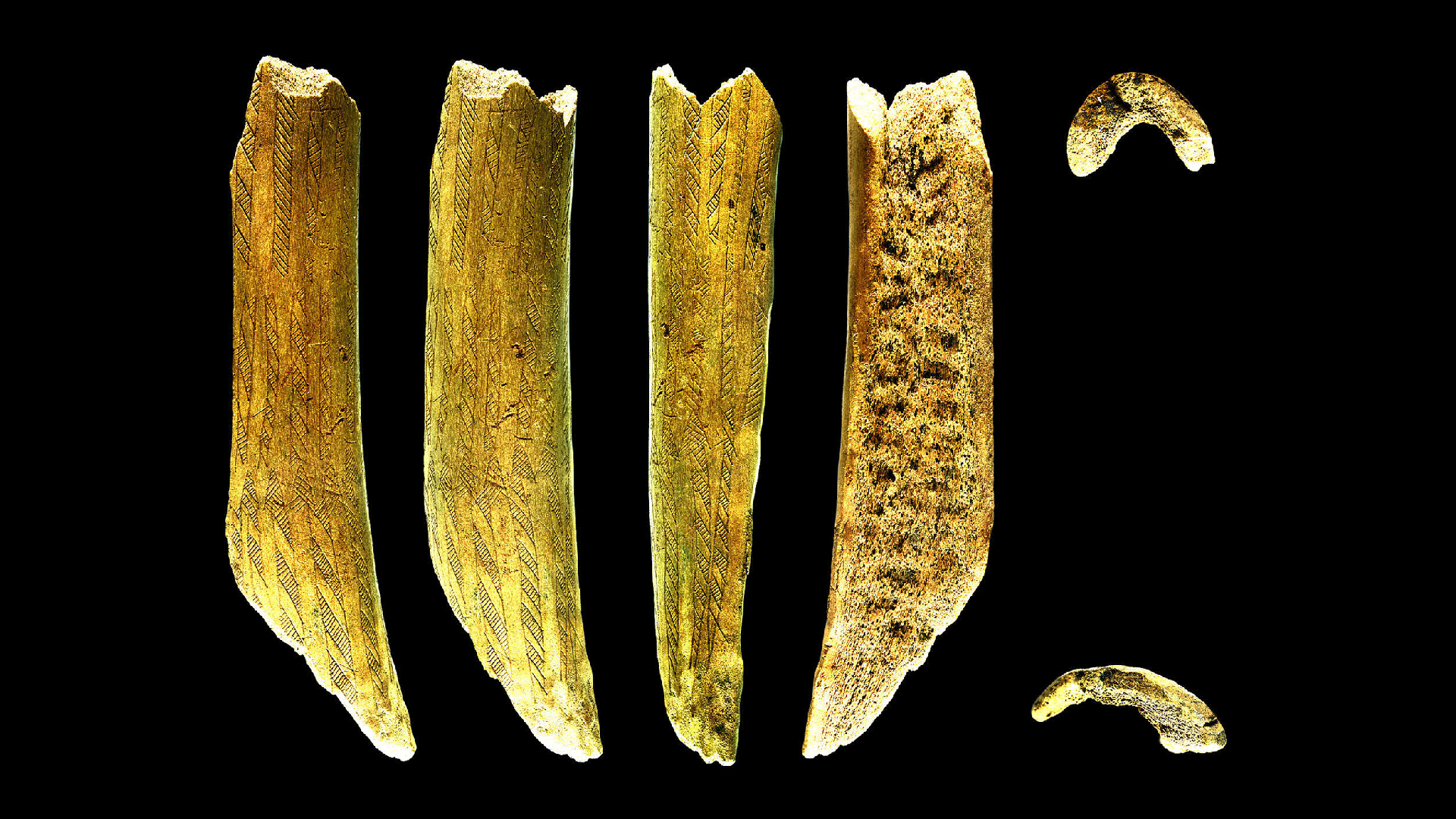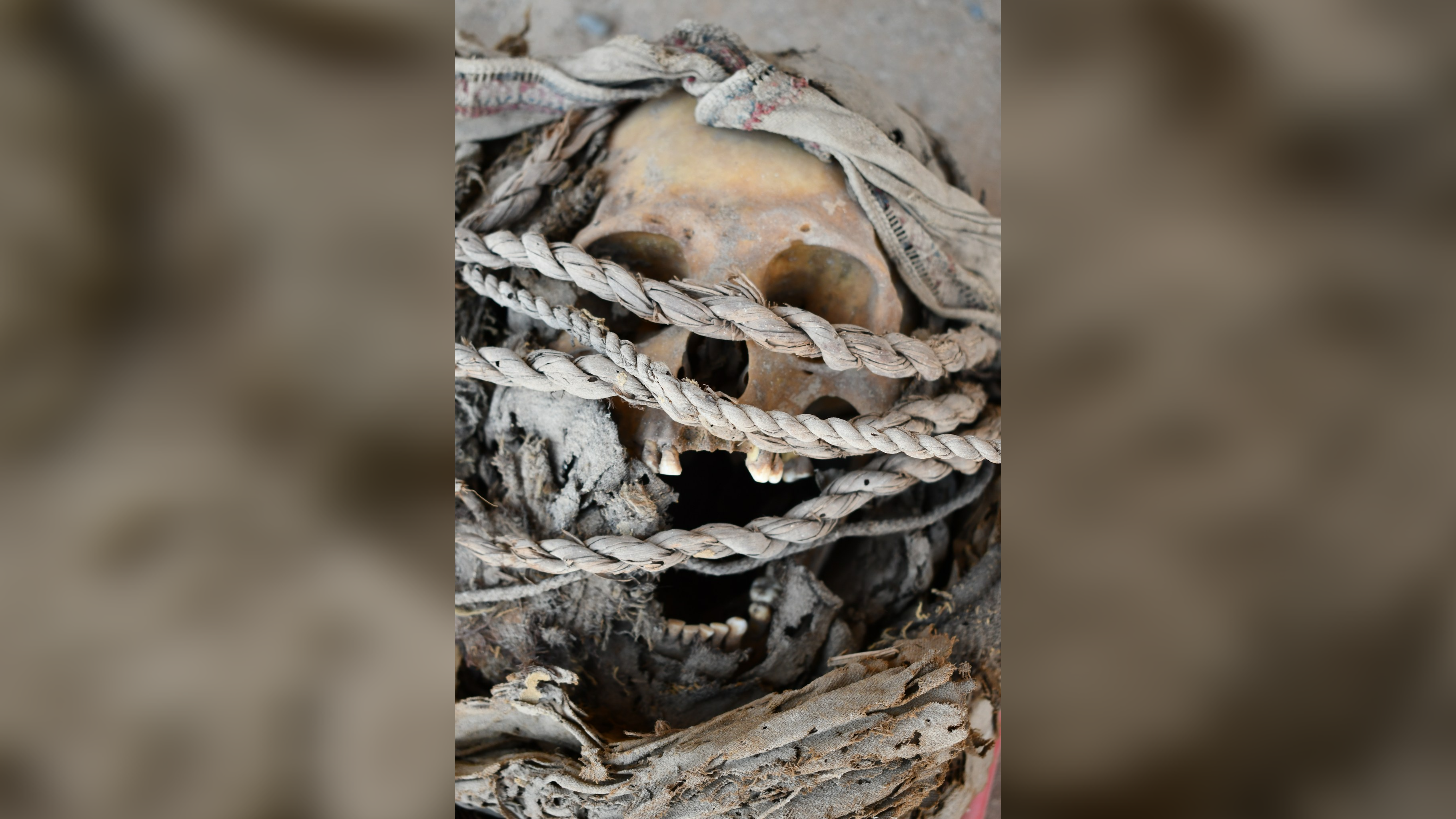Tuberculosis triggered giant, crusty wart to sprout on man's hand
Around 20% of cases of tuberculosis affect organs other than the lungs, and some can cause warty plaques on the skin.
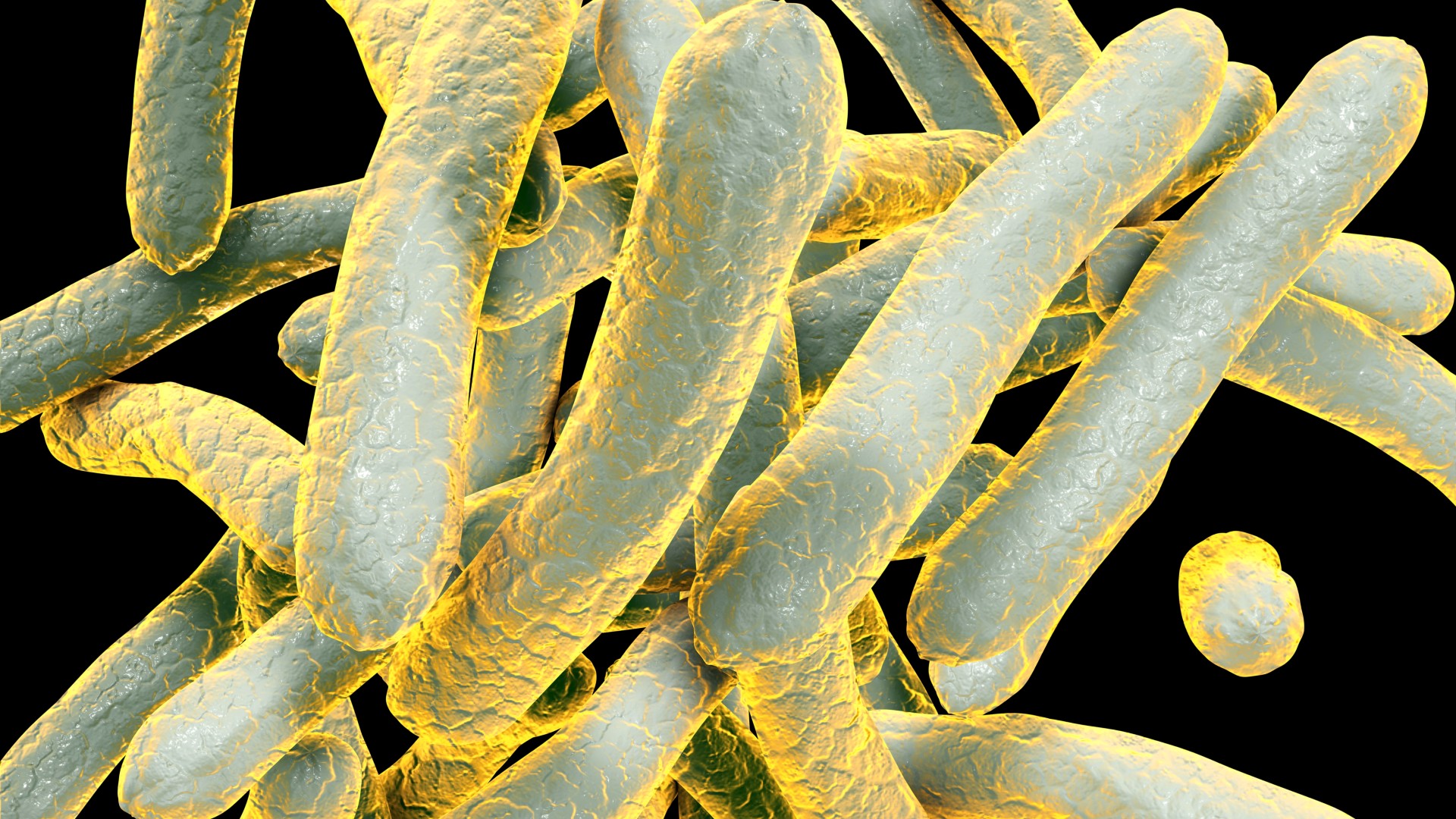
In a rare case, a man developed a crusty, giant yellow wart on his hand that was caused by tuberculosis (TB).
The 59-year-old, from China, had been suffering from the pain emanating from his wart for about a year before visiting a dermatology clinic.
There, doctors examined the wart, which covered the top of the patient's right hand and part of his right index finger. The clinicians described the growth as having an overlying "thick yellow-brown crusting." The man had no other symptoms besides the physical changes on his hand and the associated pain, according to a report of his case, published June 12 in The New England Journal of Medicine.
The doctors then took a tissue sample and analyzed it under the microscope, noticing that skin cells from the wart were growing thick and fast and large lumps of cells had formed within the middle layer, or dermis, of the skin.
Related: Woman's 'extra breast' under her armpit developed a wart-like tumor in unusual case
These lumps were tuberculoid granulomas, or clusters of immune cells that form to corral the bacterium that causes TB, Mycobacterium tuberculosis. These granulomas surround and attack the pathogen, triggering inflammation. Tuberculoid granulomas are a defining feature of TB and represent the body's attempt to thwart the infection.
Doctors analyzed DNA within the patient's wart sample and confirmed the presence of M. tuberculosis. The tissue also tested positive on a major test for TB — the interferon-γ release assay — which looks for a protein produced by the immune system in response to M. tuberculosis.
Sign up for the Live Science daily newsletter now
Get the world’s most fascinating discoveries delivered straight to your inbox.
TB is one of the deadliest infectious diseases worldwide, having killed 1.3 million people worldwide in 2022. Most often, the disease affects the lungs and is spread between humans when an infected person coughs or sneezes M. tuberculosis spores and another person inhales them.
In this case, the man didn't have TB in his lungs, as shown on a computed tomography (CT) scan of his chest. Instead, he had a rarer form of TB known as extrapulmonary TB, which affects other organs in the body and accounts for an estimated 20% of TB cases.

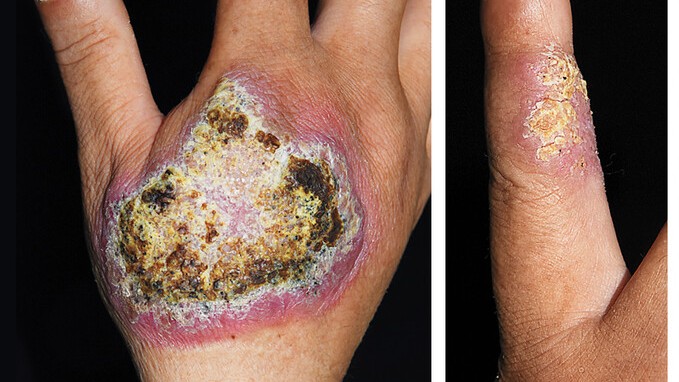
Rarer still, the man turned out to be one of the 1.5% of patients with extrapulmonary TB whose infection specifically affects the skin. He was diagnosed with tuberculosis verrucosa cutis, which can happen when M. tuberculosis enters the skin of someone who has been previously infected. The bacteria typically get in through an open wound or abrasion in the skin.
Patients with tuberculosis verrucosa cutis characteristically develop warty plaques at the site of infection, usually on their hands, knees or ankles. The condition is sometimes referred to as "prosector's wart," because of its historical connotations with people who worked in autopsy rooms.
The authors of the new case report didn't discuss how the man might have been infected. However, they noted that he was a veterinarian, which could be a possible risk factor. You're more likely to catch TB if exposure to mycobacteria comes as part of your job; frequent contact with livestock is a risk factor, for instance.
Just like TB that affects the lungs, tuberculosis verrucosa cutis is treated with antibiotics to clear the infection. The man was prescribed a six-month course of these drugs, and within two months, his wart had "abated," the doctors reported. Tuberculosis is highly curable, but treatment generally requires patients to take antibiotics for around six months.
This article is for informational purposes only and is not meant to offer medical advice.
Ever wonder why some people build muscle more easily than others or why freckles come out in the sun? Send us your questions about how the human body works to community@livescience.com with the subject line "Health Desk Q," and you may see your question answered on the website!

Emily is a health news writer based in London, United Kingdom. She holds a bachelor's degree in biology from Durham University and a master's degree in clinical and therapeutic neuroscience from Oxford University. She has worked in science communication, medical writing and as a local news reporter while undertaking NCTJ journalism training with News Associates. In 2018, she was named one of MHP Communications' 30 journalists to watch under 30. (emily.cooke@futurenet.com)





